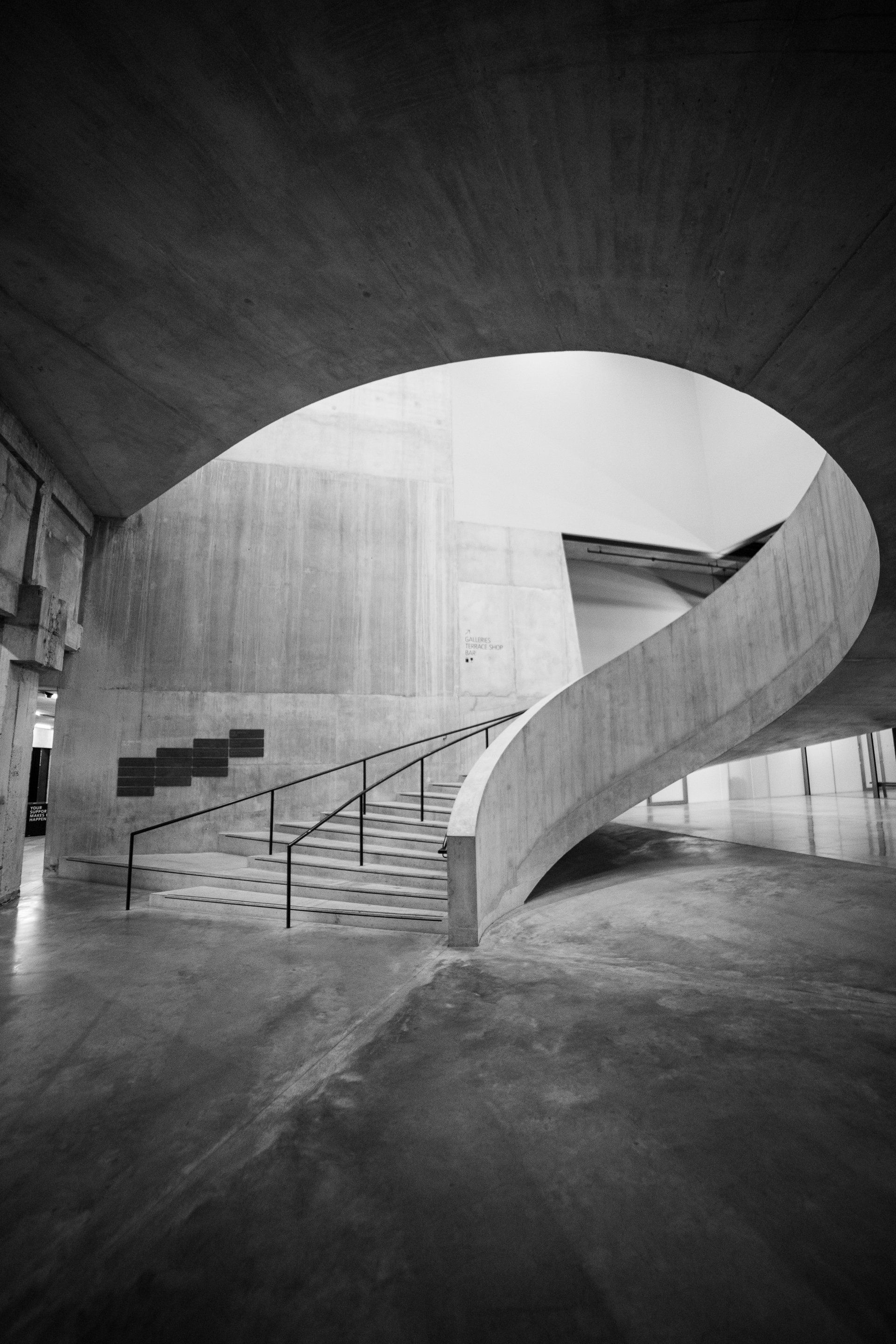Creating a Solid Foundation: Exploring the World of Concrete Services
Creating a Solid Foundation: Exploring the World of Concrete Services

In the realm of construction and infrastructure development, concrete stands as the backbone, providing strength and durability to countless structures. Whether you're embarking on a new construction project or considering renovations, understanding the various concrete services available is crucial. This comprehensive guide will delve into highly relevant entities and concepts related to concrete services, shedding light on the diverse aspects of this integral construction material.
Ready-mix concrete:
Ready-mix concrete is a game-changer in the construction industry. It refers to concrete that is pre-mixed in a batching plant and delivered to the construction site. This eliminates the hassle of on-site mixing, ensuring a consistent and high-quality mixture.
Concrete delivery:
Timely and efficient concrete delivery is paramount for construction projects. Reliable suppliers ensure that the required concrete is delivered to the site promptly, reducing downtime and streamlining the construction process.
Concrete pumping:
Concrete pumping involves the use of specialized equipment to transport liquid concrete. This method is particularly useful for reaching challenging or elevated areas, enhancing precision and efficiency in construction.
Concrete finishing:
The finishing touches on a concrete surface are crucial for both aesthetics and functionality. Skilled professionals employ various techniques to achieve the desired texture, smoothness, and appearance.
Concrete construction:
Concrete is the cornerstone of construction projects, providing the structural integrity needed for buildings, bridges, roads, and more. Understanding the intricacies of concrete construction is essential for successful project execution.
Concrete contractors:
Experienced concrete contractors play a pivotal role in ensuring the proper installation and finishing of concrete elements. Their expertise ranges from project planning to execution and quality control.
Concrete repairs:
Over time, concrete structures may require repairs due to wear and tear, weathering, or other factors. Concrete repair services address issues such as cracks, spalling, and deterioration, extending the lifespan of structures.
Concrete formwork:
Formwork is the mold or framework used to shape concrete during the curing process. Proper formwork is crucial for achieving the desired shape and dimensions of concrete elements.
Concrete mixing:
The art of concrete mixing involves blending various components, including cement, aggregates, water, and additives, to create a homogenous mixture. Precision in mixing is vital for the strength and durability of the final product.
Concrete curing:
Curing is the process of maintaining adequate moisture, temperature, and time for concrete to achieve optimal strength and durability. Proper curing practices are essential for long-lasting concrete structures.
Concrete testing:
Quality control in concrete construction involves rigorous testing to ensure compliance with industry standards. Various tests assess factors such as strength, durability, and workability.
Concrete additives:
Additives are substances added to concrete to enhance specific properties. These can include accelerators, retarders, plasticizers, and fibers, providing versatility in meeting project requirements.
Reinforced concrete:
Reinforced concrete combines the strength of concrete with the tensile strength of steel reinforcement. This composite material is widely used in construction for its enhanced structural integrity.
Precast concrete:
Precast concrete involves casting elements in a controlled environment before transporting them to the construction site. This method ensures consistency and efficiency in large-scale projects.
Concrete batching plant:
Batching plants are facilities where concrete is mixed in large quantities. These plants play a central role in producing ready-mix concrete for construction projects.
Concrete slab:
Concrete slabs are flat, horizontal surfaces used in various applications, including flooring, foundations, and driveways. The installation of concrete slabs requires precision in leveling and finishing.
Concrete foundation:
Foundations are critical components of any structure, providing support and stability. Concrete foundations are widely used for their strength and durability.
Concrete driveways are popular for residential and commercial properties. They offer durability, low maintenance, and a clean, polished appearance.
Concrete sidewalks:
Sidewalks made of concrete are durable, resistant to wear, and provide a smooth surface for pedestrian traffic. Proper installation and maintenance are essential for longevity.
Stamped concrete:
Stamped concrete involves imprinting patterns or textures onto the surface before it sets. This decorative technique adds aesthetic appeal to various concrete elements.
Concrete resurfacing:
Over time, concrete surfaces may show signs of wear. Resurfacing involves applying a new layer to restore appearance and functionality, extending the life of the concrete.
Decorative concrete:
Decorative concrete goes beyond functionality, incorporating artistic elements into the design. Staining, polishing, and stamping are common techniques used to enhance visual appeal.
Concrete polishing:
Polishing is a finishing technique that involves grinding and smoothing the surface to achieve a glossy and reflective appearance. Concrete polishing is commonly used in flooring applications.
Concrete cutting:
Precision is key in concrete cutting, a process used to create openings, modify shapes, or separate concrete elements. Specialized tools and techniques ensure clean and accurate cuts.
Concrete staining:
Staining is a method of applying color to concrete surfaces, creating a vibrant and customized appearance. Stained concrete is often used in interior and exterior design.
Concrete sealing:
Sealing concrete surfaces is essential for protection against moisture, chemicals, and weathering. Sealants enhance durability and maintain the aesthetic appeal of the concrete.
Concrete restoration:
Restoration services focus on renewing and revitalizing existing concrete structures. This may involve repairs, cleaning, and the application of protective coatings to extend the life of the concrete.
Concrete sawing:
Sawing is a precise method of cutting concrete using specialized tools. This technique is employed for creating openings, expansion joints, or modifying existing structures.
Concrete leveling:
Over time, concrete surfaces may develop unevenness. Concrete leveling, also known as mudjacking or slabjacking, involves raising and leveling sunken or uneven concrete slabs.
Concrete walls:
Concrete walls provide structural support and act as barriers in construction projects. The construction and finishing of concrete walls require expertise to ensure strength and aesthetics.
Concrete patios:
Concrete patios offer a durable and versatile outdoor space. Proper design and finishing techniques are crucial for creating an inviting and functional patio area.
Concrete footings:
Footings are the base support for foundations and other structural elements. Concrete footings distribute the load and ensure stability, requiring precision in design and installation.
Exposed aggregate concrete:
Exposed aggregate concrete features decorative aggregates, such as pebbles or stones, embedded in the surface. This technique adds texture and visual interest to concrete elements.
High-strength concrete:
High-strength concrete is engineered to withstand greater loads and pressures than traditional concrete. This specialized mix is crucial for projects with specific strength requirements.
Lightweight concrete:
Lightweight concrete is formulated with lightweight aggregates to reduce density. This type of concrete is advantageous in construction projects where weight is a critical factor.
Green concrete:
Green concrete prioritizes sustainability by incorporating recycled materials or reducing the carbon footprint during production. This eco-friendly approach aligns with contemporary environmental considerations.
You might also like
Book a Service Today
We will get back to you as soon as possible
Please try again later
All Rights Reserved | Company Name | Powered by Snapps


